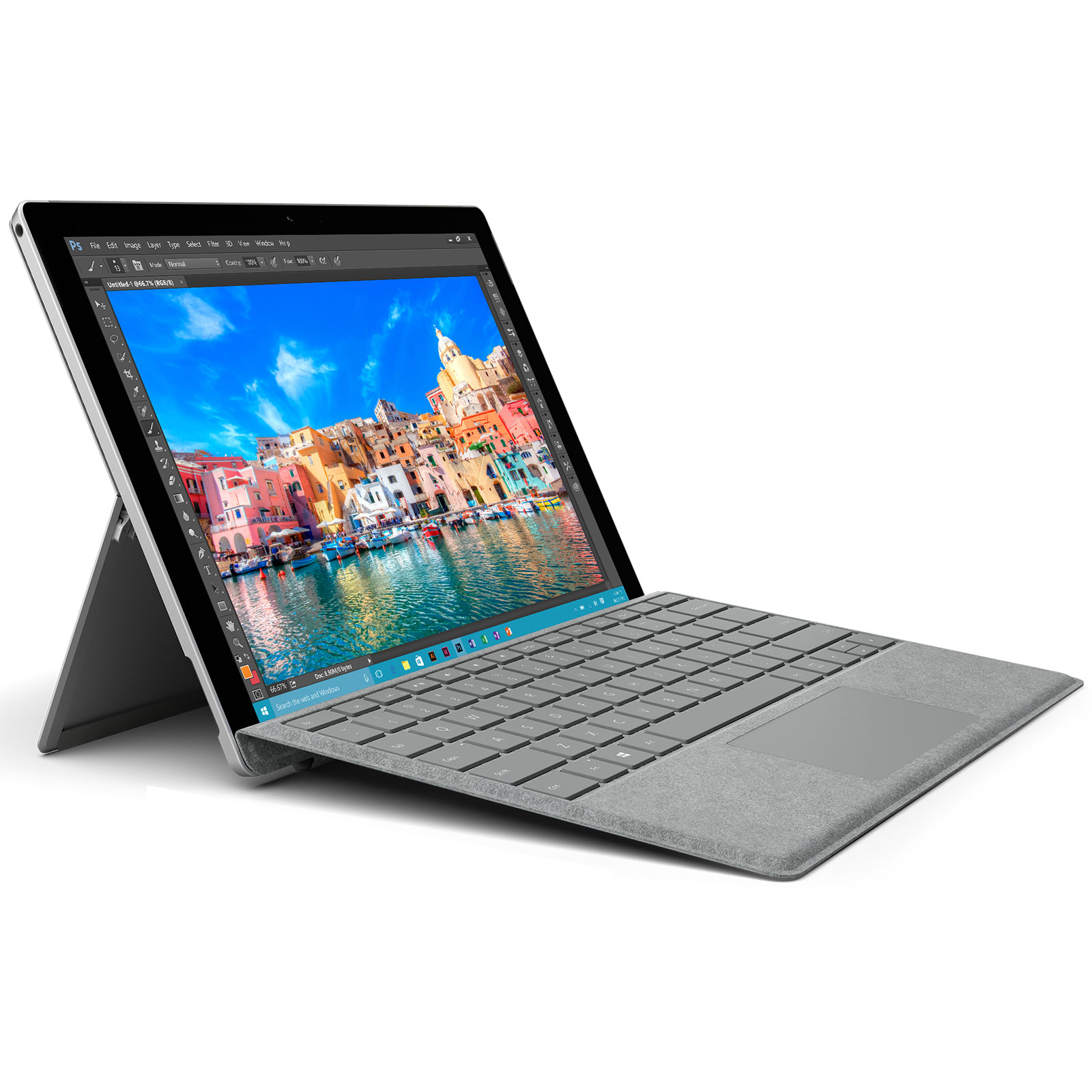


For complex 3D animations and game design, you may need to look elsewhere. For digital art and photo editing, as well as working with up to 4K video footage, this will do the job nicely. Still, the integrated graphics of Intel’s 11th generation CPUs are pretty good, with Microsoft promising 74% better graphics performance than the Surface Pro 7. However, that means that graphics-intensive workloads may suffer. There’s no dedicated graphics card, perhaps understandably considering this is a thin and light tablet device. This makes an already expensive purchase even more pricey. If you want either of those, and we recommend you do get them, that’ll cost you an extra £159.99 and £119.99 respectively. It’s also worth pointing out that despite its high price tag, Microsoft continues to not include a Type Cover (which protects the screen and can be used as a keyboard and touchpad) or Surface Pen stylus. Be warned though: the price climbs even higher once you start packing it with more powerful hardware. As with previous Surface Pro models, you can configure the Surface Pro 8 with more powerful components, turning an already-powerful tablet into a seriously accomplished mobile workstation. This means Microsoft really needs to work hard to justify this high price to people. It’s about the same price as the powerful 12.9-inch iPad Pro, and there are a lot more affordable tablets out there. That’s a big leap over the £799 that the Surface Pro 7 launched at, and while the specs are certainly better (you get an Intel Core i5-1135G7 processor, 8GB of RAM and a 128GB SSD with this model), it’s still going to price a lot of people out of ever getting one. The most ‘affordable’ entry isn’t really all that affordable at all, starting at £999. The Surface Pro 8 is a flagship product with a price to match. (Image credit: Future) Surface Pro 8: price


 0 kommentar(er)
0 kommentar(er)
